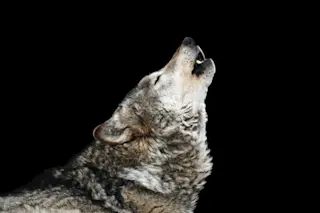(Credit: Shutterstock) Some 4,000 years ago in the Russian steppe, the relationship between man and dog was, you could say, complicated. It seems in that time and place, as a rite of passage into manhood, teenage boys were sent to a ritual site to “transform” into dogs by eating their flesh. This is the new interpretation, presented in an upcoming paper in the Journal of Anthropological Archaeology, of roasted and chopped bones from at least 64 dogs and wolves, found at the Bronze Age site of Krasnosamarskoe (Kras-no-sa-MAR-sko-yeh), north of the Caspian Sea in the Russian steppe. Initiation rites, in which boys lived in the wild, acting like wolves and dogs, are described in ancient texts of Greek, Latin, Germanic, Celtic, Iranian, and Vedic Sanskrit—all Indo-European cultures that descended from the same ancestral group. Dog- and wolf-themed initiations were “very widespread in Indo-European mythology,” says archaeologist David Anthony, who coauthored ...
Bronze Age Teens Ate Dogs to Become Men
Explore the intriguing Indo-European mythology tied to male initiation rites involving dogs at the Krasnosamarskoe ritual site.
More on Discover
Stay Curious
SubscribeTo The Magazine
Save up to 40% off the cover price when you subscribe to Discover magazine.
Subscribe













